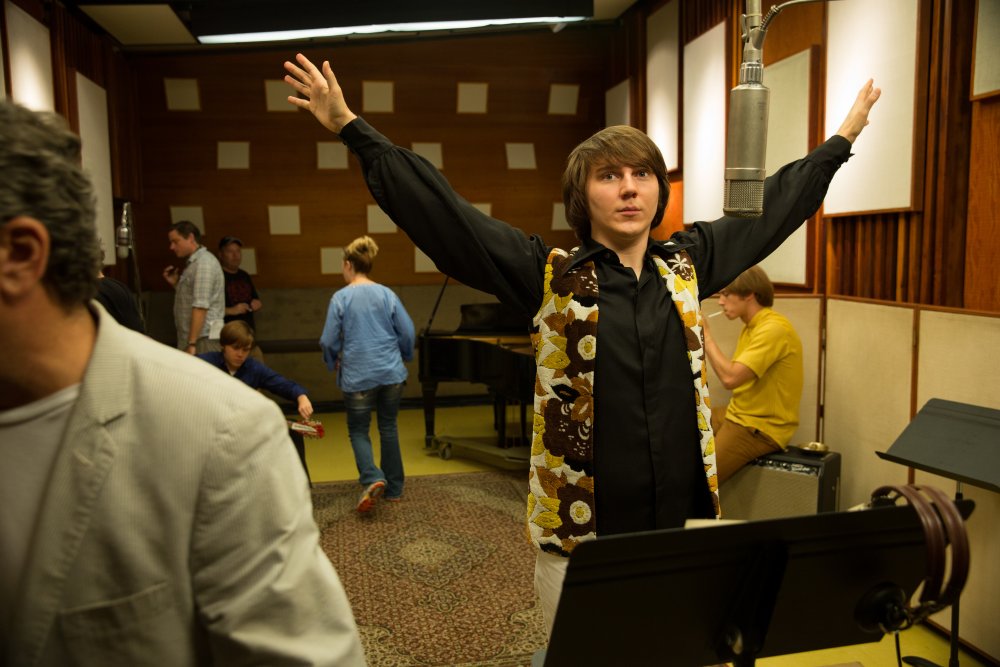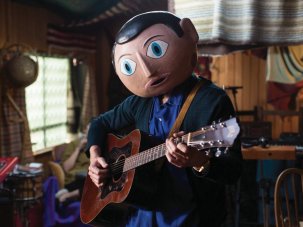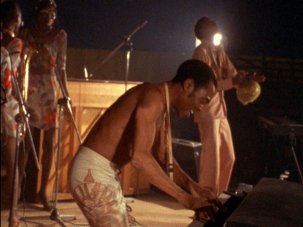With lip-smacking dramatic elements including a brutally controlling patriarch, a child-like creative genius suffering psychological meltdown after shaping some of the greatest popular music of his era, a scheming psychologist of dubious methodology and intent, plus a romantic redemption born in a car showroom, God only knows how crassly insensitive this biopic of troubled former Beach Boy Brian Wilson could have turned out in the wrong hands.
Love & Mercy is on UK release from July 10 2015.
Thankfully, to the relief of Wilson’s obsessive and protective fan-base, the celluloid fate of this most vulnerable of pop visionaries has fallen into the deeply sympathetic care of Bill Pohlad, better-known thus far in industry circles as a producer with an enviable track record including Terrence Malick’s The Tree of Life and Steve McQueen’s 12 Years a Slave. Love & Mercy, titled after the signature number from Wilson’s eponymous 1988 ‘comeback’ album, actually arrives some 25 years after Pohlad’s directorial debut – the little-seen Old Explorers, a drama tracing the imaginary adventures of two elderly chums – marking a new chapter for its maker in the nimble and affectionate manner with which it draws a telling portrait of Wilson’s defining contradictions by concentrating on two key periods in the mid 60s and mid 80s.

Love & Mercy (2015)
In the earlier scenes, Paul Dano incarnates the youthful Brian, who eschews the pop formulae of The Beach Boys’ harmonised paeans to cars, girls and the California surf to follow his own unique inner voice by crafting the ornate arrangements and achingly exposed emotional maturation of the classic Pet Sounds LP. However, he is clearly however tuned to a station which isn’t on anyone else’s dial, and the legacy of his subsequent psychological flame-out can be seen in the film’s interwoven later material. Here John Cusack gives a bravura performance as a sweet-natured but evidently damaged pop recluse who’s eventually rescued from the clutches of his enabling yet somewhat sinister psychologist (Paul Giamatti in Mephistophelean form as the late Dr Eugene Landy) by Elizabeth Banks’s car dealer Melinda, the latter captivated by the unusual behaviour of a walk-in customer not knowing who he is – or what baggage he’s carrying.
Adeptly flitting back and forth across the years, switching from documentary-style in-studio footage to rather more measured coverage of Brian’s 80s travails, and even switching perspectives from Banks’s sympathetic outsider perspective to a more interior take on Brian’s eventual self-realisation, the result is a film which cannily finds its own distinctive form as it goes along, confidently dispensing with much biopic cliché en route.
I sat down with Pohlad, a softly-spoken and gentlemanly Midwesterner, on his recent visit to the Edinburgh Film Festival.
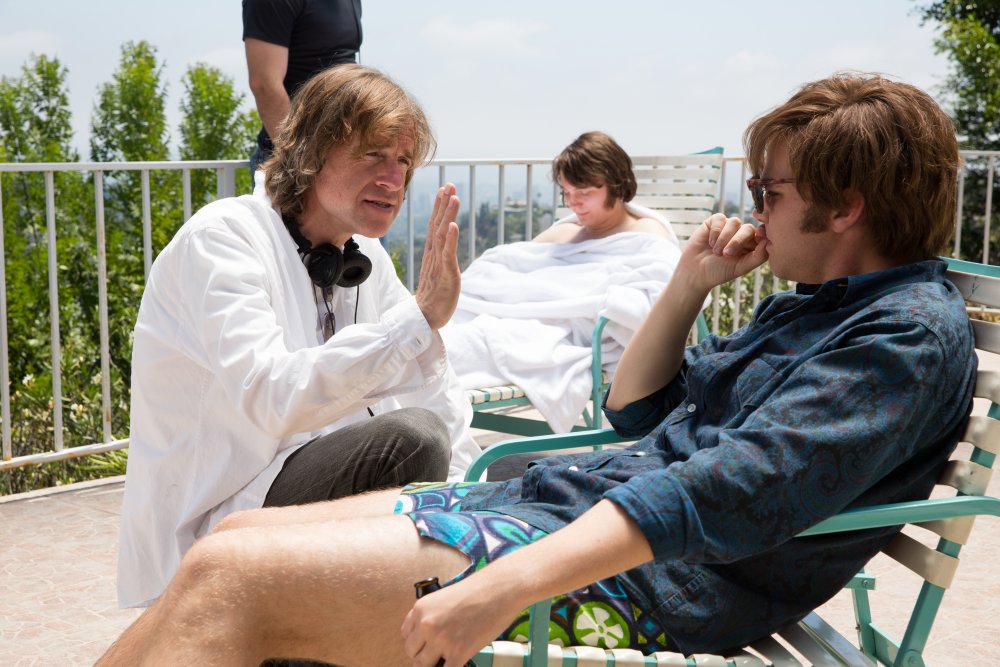
Bill Pohlad (left) on the set of Love & Mercy (2015)
The notion of a Brian Wilson biopic is something that’s been doing the Hollywood rounds for a while. Were you able to crack it precisely because you opted not to take the conventional narrative route?
I don’t mean to do biopics down, but sometimes audiences expect you to hit every beat in that person’s life. Born… raised… and so on. With Brian, there was so much trauma in his life, so many different periods, it felt that if we tried to do everything we’d end up in a mess. And I was never really interested in the celebrity side of it; I wanted to get intimate with the guy, feel it as he feels it so that the audience could relate to him in their own way. If you just end up with a parade of celebrity scenes, that’s so much harder; it becomes too much of a different world.
Was there a key moment when you began to see your way through it?
I guess it was meeting Brian and Melinda, who’re still together, and hearing how they met. Here was this odd, quirky guy she found really appealing, but only later does she discover it’s Brian Wilson; only later does she discover all the stuff that’s going on with him. That seemed a good way of getting into it, and since you can’t do Brian Wilson without exploring Pet Sounds, those were the two eras Oren Moverman, the screenwriter, and I gravitated towards.
As the whole process gathered pace, I was really intrigued by the whole ‘creative genius’ aspect – where he got his musical ideas from, how he developed them – but however cool that was to explore, the heart of it was in the 80s. Here’s someone with mental health issues, who’s open to being hurt and taken advantage of, yet it was precisely that emotional openness which made him such a great artist in the first place.
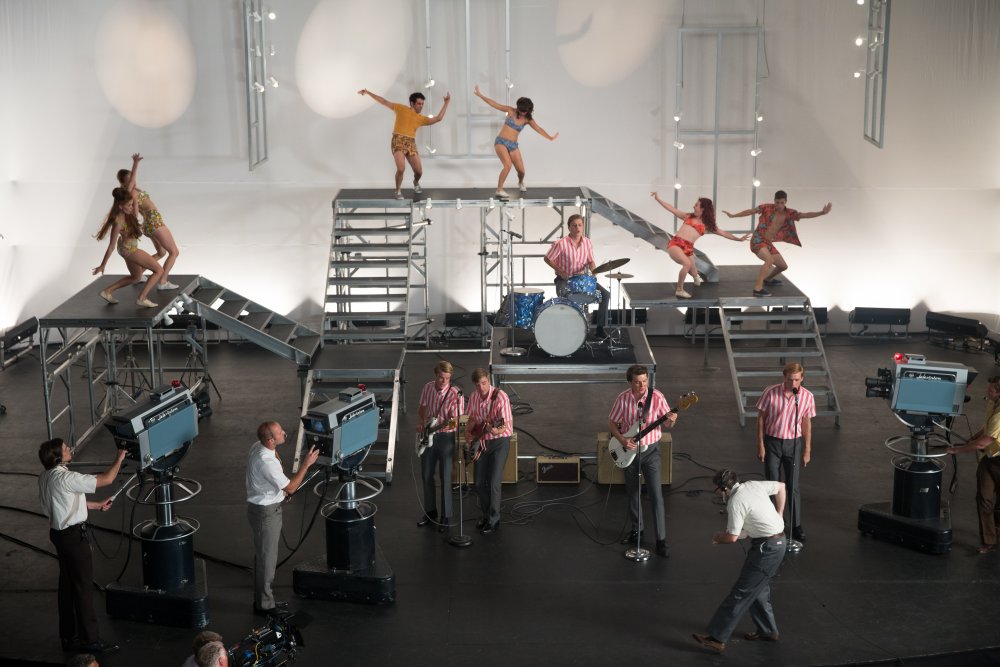
Love & Mercy (2015)
And yet the 60s material is where the film somehow establishes its credibility, especially in the studio scenes. Did you go back and look at stuff like Let It Be or Godard’s Sympathy for the Devil, where the camera’s battling to capture that moment of creation?
Absolutely. I grew up with that stuff. No VH-1 in those days, so it was, like, really sweet when you got a look in on the inside. But it also came from the documentary work I’d done in the 90s, that feeling that something’s actually happening and you’re trying to capture it in a dynamic way. So we hired real studio musicians, gave them real lead sheets, and Paul had utterly ingested the Pet Sounds Sessions box set to the point where Brian’s studio banter was just inside of him and he was channelling it. We had Bob Yeoman, the DP, shooting on two Super 16 cameras, but we purposely kept him out of the rehearsals so he never really knew what was coming – he just had to get it.
Early on, there’s a key image in this giant close-up of an ear, because to understand Brian’s creative make-up we need to hear what he hears. Presumably writing that in the script is the easy part, and actually realising that soundscape is a whole other challenge?

Love & Mercy (2015)
What I understood from Brian is that inside his head is this churn of complex harmonies and arrangements which are sort of beyond the usual realm of understanding. They’re his genius and his madness. That really reminded me of Revolution 9 from The Beatles’ White Album – that whole idea of collage, which was something Atticus Ross really got when we talked to him. We called that initial moment with the ear ‘The Black Hole’, and he was able to come up with some really cool stuff. His approach to the scoring was to put together a lot of the fragments from Brian that we had access to, so the score’s actually about 80 per cent Brian’s compositions and harmonies.
Another significant visual motif is Brian’s bed, which is his retreat, his sanctuary and sort of his prison. The way you shoot all that seems deliberately redolent of the closing scenes in Kubrick’s 2001. Was that the intention?
Well, I didn’t want to just rip it off, it had to make sense in context. 2001 was certainly a big movie for me growing up, and we decided to go there because the motif of the bed had already registered in the story. Still, you are worrying whether it’s a bit too much…
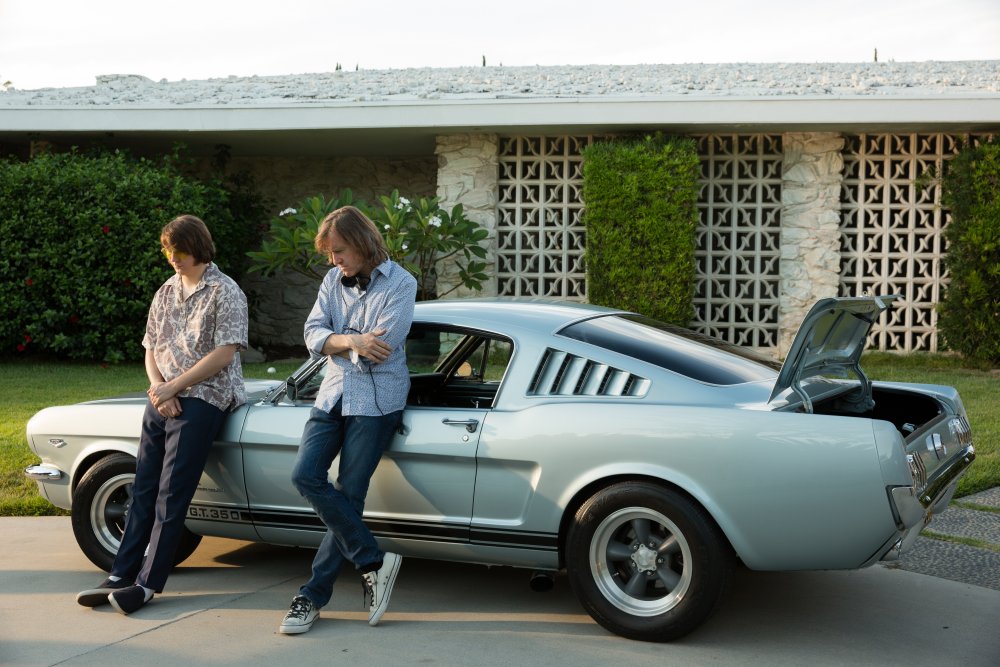
Paul Dano as the young Brian Wilson and director Bill Pohlad on the set of Love & Mercy (2015)
Not having directed a feature in so long, and coming in as a producer and, essentially, the son of a billionaire businessman, did you feel you faced a lot of scepticism from the industry?
Yeah. That was there. But it disappeared once we started working; the collaborative process had its own momentum, and when you get rolling you can’t doubt yourself because that’ll kill it. I’ve been on movies as a producer where there’s been conflict and a sort of enveloping bad vibe, but this really went like a dream… until you’re sitting there in the edit, nobody’s seen any of the stuff yet and you start wondering if it’s complete rubbish. You have to have enough confidence to ignore that, otherwise you’d just freak out!
And what about the other side? Does the acclaim the film has received mean that bit more since you really had to prove yourself?
Oh, I think a lot of filmmakers are just waiting for the other shoe to drop. I’m aware of never fully enjoying the positive response. Maybe it’s because I’m from the Midwest.
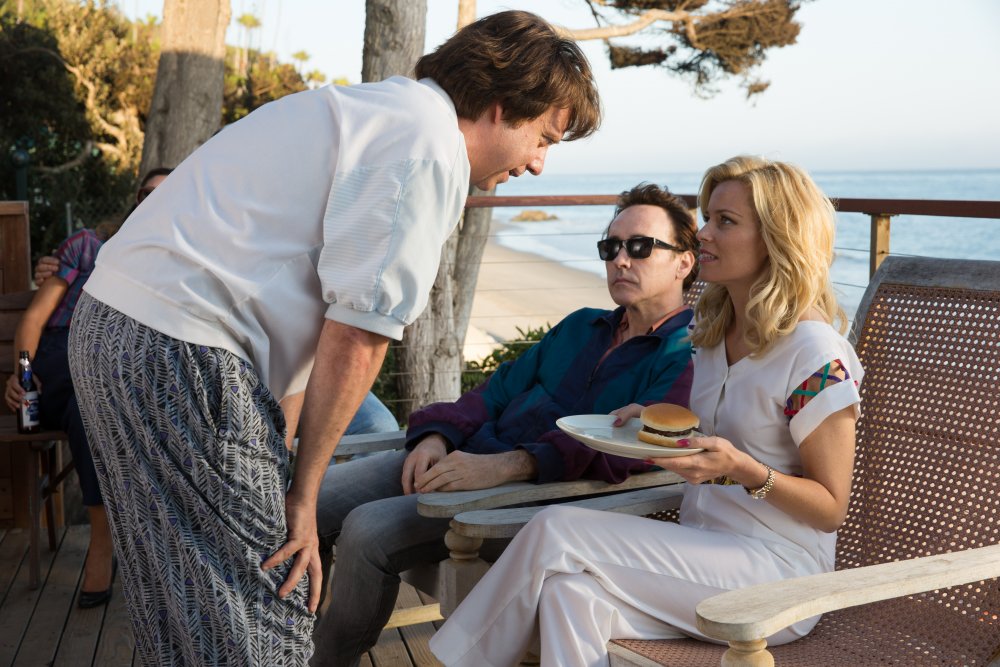
Paul Giamatti as Dr. Eugene Landy (left), John Cusack as the older Brian and Elizabeth Banks as Melinda
Before we finish I have to ask you about John Cusack, who’s playing someone with a very inflexible demeanour in terms of his limited facial expressions, but somehow projects genuine emotion as if he’s just willing it at the audience. How was that achieved?
John spent a lot of time with Brian and was able to take in his whole physicality. I was concerned that the audience wouldn’t get that Brian is actually like this – which is sort of why we have a little concert snippet with him at the end – and somehow think John was grandstanding or going overboard.
John maybe has a reputation in the industry that’s unfair. In person he has a certain manner that puts people off, but here on film it’s really working. He brought so much more subtlety and depth to the part than people have previously given him credit for, and I hope he gets recognised for it. What he did here was remarkable.
In the August 2015 issue of Sight & Sound
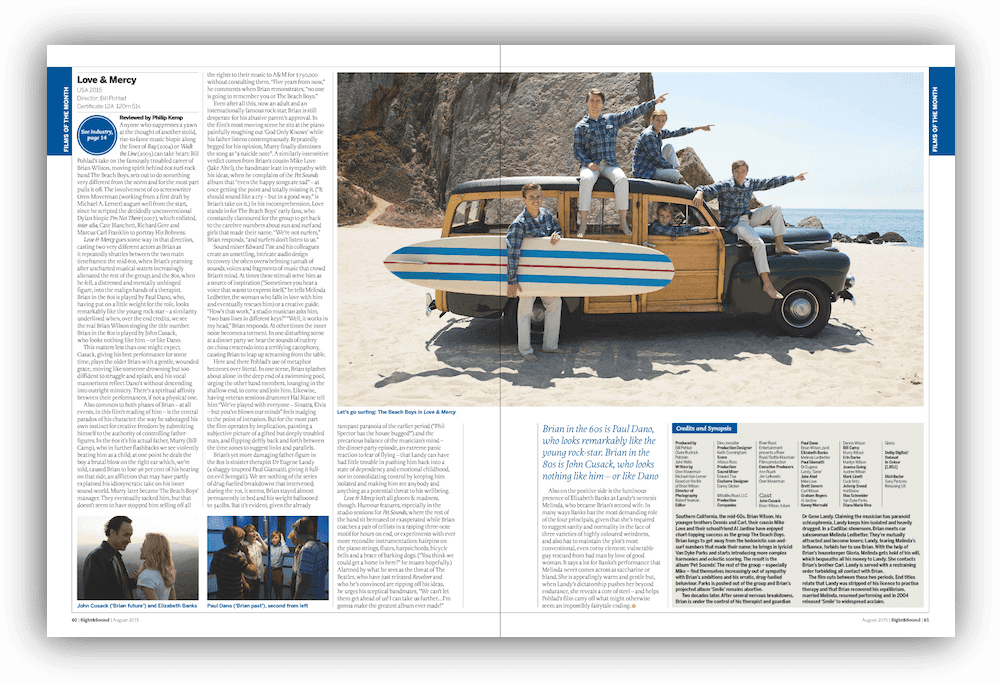
Love & Mercy, one of our films of the month, reviewed by Philip Kemp.
-
The Digital Edition and Archive quick link
Log in here to your digital edition and archive subscription, take a look at the packages on offer and buy a subscription.




